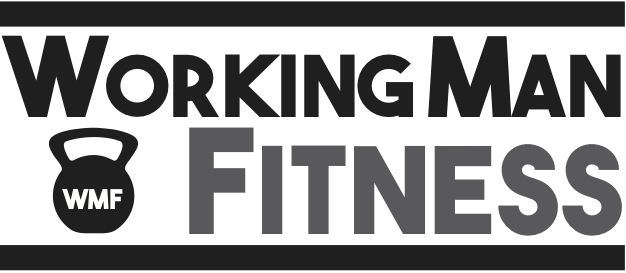Lots of people have bad mental images when it comes to exercise. They think grunting, scrunched up faces, and pain.
The image you hold in your mind about something tends to be what you experience, so it makes sense to correct your mental image of exercise.
In this post, I’ll discuss what you should look for in your exercise program and what benefits you should expect to get from proper training.
Enjoyment
Your exercise program should be fun. It should be an activity you enjoy. This isn’t to say that you’ll enjoy everything about your exercise—just like work, you’ll find that you enjoy some tasks more than others. Overall, however, you should cultivate a sense of enjoyment about exercise, and a large part of this comes from finding things you enjoy doing that provide benefit to your muscles, cardiovascular system, flexibility, etc.
Enjoyment rests primarily on two factors: finding things that you enjoy doing, and correcting any non-enjoyment beliefs you have about exercise. Some people have their heads so messed up that they hate practically everything, like Grouchy Smurf. The thing you have to remember about Grouchy Smurfs is that they are not fun to be around and they don’t seem to enjoy anything. How miserable!
You should enjoy your exercise by always holding the amazing benefits of exercise in mind, being grateful for your ability to do the activity you selected, and not being overly striving.
Efficiency
Exercise is a supportive activity—it should make your life easier. Therefore, your concern with exercise should be discovering how little you need to get the results you want. (Incidentally, that should be a similar approach to food—especially if you’re overweight.)
Many people get caught up in doing inefficient exercises and making them the mainstay of their program. If you’re caught up in the back/biceps, chest/triceps, legs/shoulders approach, your workouts are probably very inefficient.
Efficiency comes from selecting full body exercises. Squats. Deadlifts. Presses. Pull ups. Hanging leg raises. See, these are all exercises that are challenging and work many muscles at the same time. Isolation is inefficient. (Isolation can be useful in rehab applications and when beginning exercise to learn to feel your muscles.)
Inefficiency also creeps in for those who go to the gym. There are many gyms I really like (primarily because I like the owner and their philosophy), but the fact remains that going to the gym is inefficient. First you have the inconvenience of transporting your physical body to another location. Then, when you are working out, you might need to wait for equipment, you might start talking to someone, and if you’re changing and showering at the gym, you’re looking at 30 minutes of exercise turning into a 1.5 hour affair. Exercise three times a week and you just lost about three extra hours.
Contrarily, if you have a home gym, 30 minutes of exercise takes about 35-45 minutes (you have to change clothes and possibly shower).
Finally, over the long term, cost is a factor. A home gym will last your lifetime and then some, and can be gotten for under a thousand dollars. Can’t say the same for a commercial gym. (Warning: moving a home gym is a pain in the ass!)
Efficiency also comes from having a clear understanding of what you need to accomplish. That’s why I like the push/pull, level change, locomotion, and rotation approach so much. You select exercises that satisfy those movement patterns and make sure that each training week contains a balanced approach that works all those movement patterns.
Your need for efficiency will change throughout life. A single woman with no kids has less of a need for efficiency than a busy executive who’s supporting a family. Likewise, a father with a newborn will have different requirements than a single dude in college. In all these cases, however, the actual workout itself should be focused—part of proper exercise is developing an ability to concentrate and focus.
Results
Exercise should make you feel better. You should be lighter on your feet. You should be stronger. If you need to help someone move, or do hard physical labor, your exercise program should make that easier for you. You shouldn’t be excessively sore from exercise, you shouldn’t be injuring yourself, and you shouldn’t be developing bad posture.
Exercise should make you look better. You should be leaning out. You should start seeing muscle tone, perhaps increased vascularity. You should start standing straighter. You should start moving better (no herky-jerky walking—you want to move smoothly).
Combined with sustainable eating, your exercise program will help you shed extra weight, develop those coveted six pack abs, and impress your friends and enemies.
* * *
At the beginning, you remember I said that many people have a bad mental image of exercise. They talk about it as an unwanted duty or task that must be done.
These senseless attitudes waste time. If you have negative attitudes about exercise likely you’ll spend a few minutes now and again complaining about going to the gym. Pointless. You’re just putting unnecessary obstacles in your path. Get excited about exercise, find things you enjoy, be efficient, and you’ll get results. And then, you’ll look forward to exercise.
